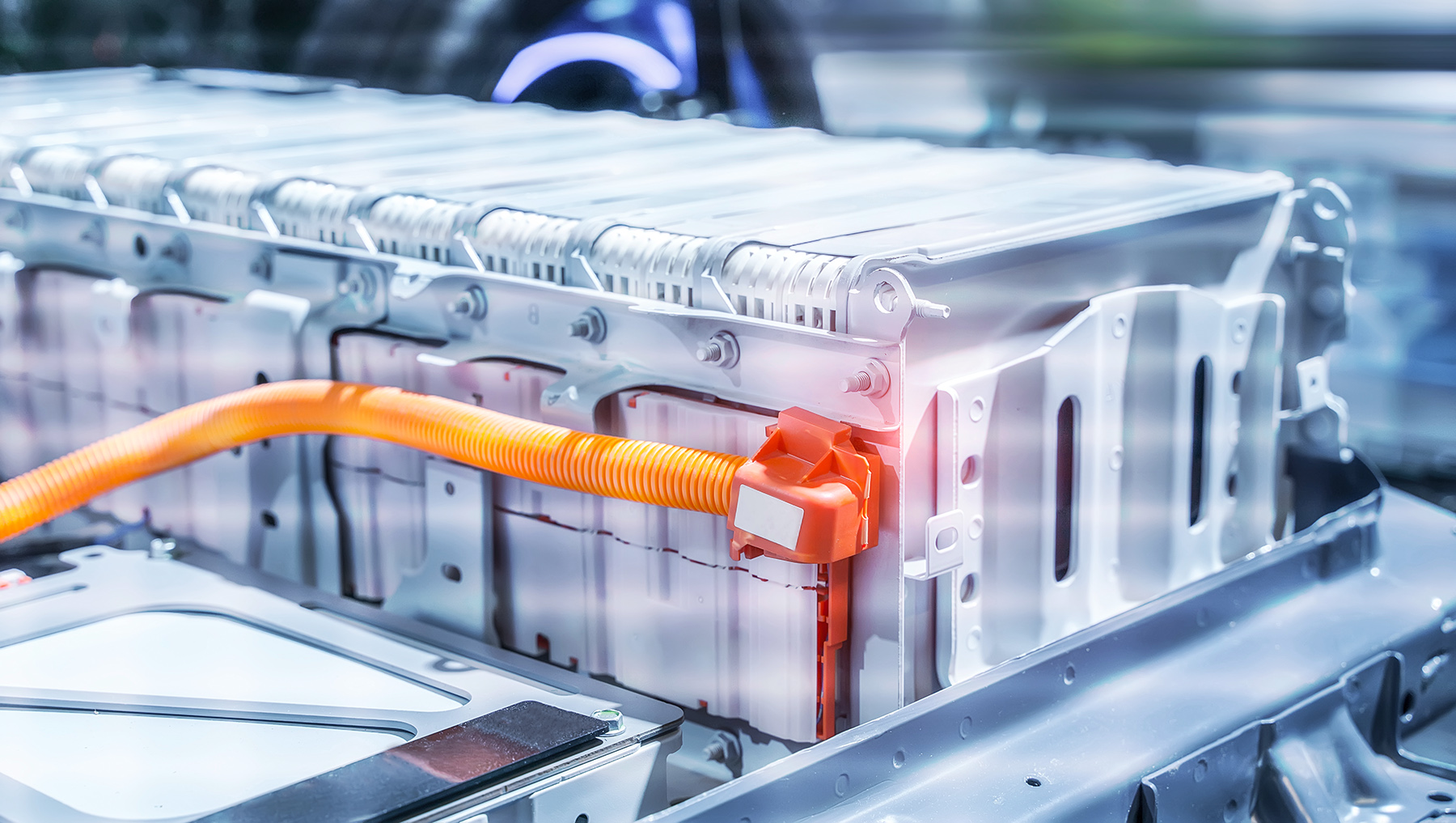Our experts advise on automation capabilities, efficient manufacturing processes, safety concept and more.
In-depth know-how and advice on handling energy sources
In battery module production, extensive experience in handling energy carriers is essential. We provide our customers with recommendations for internal logistics and battery cell processing. We include location of the production line and warehouse, the production environment and the materials used.Risk management and preparation of safety FMEAs as a basis for the development of emergency concepts
In risk management, we focus on a structured approach. Our experts create safety FMEAs as a basis for developing emergency concepts. From these, we derive safety zones and ejection options for defective cells. For the worst case, individual solutions are available for rapid response options, such as special locked containers for ejection or driverless transport systems for moving out of the hazardous area.Testing of cells in the automated production of battery modules
Incoming goods inspections ensure that only high-quality cells that meet the specifications are processed. During the production process, numerous visual inspections and functional tests are integrated to keep a constant eye on the condition of the individual components. End-of-line tests guarantee that only battery modules with flawless battery cells leave the production line. The production parameters and component data collected during production in various tests are transferred to a higher-level production control system (MES), which enables structured data management including assignment of the data to the individual part - this is how we guarantee 100 percent traceability!Specific characteristics and the resulting advantages and disadvantages of different cell shapes
A wide variety of cell shapes are processed in battery module production. The cells are characterized by the following features.Due to their special structure, pouch cells have a higher capacity at the same voltage level compared to round cells. This cell format can be stacked very easily and impresses with its good cooling properties. However, the insulation foils between the cells make it comparatively difficult to achieve the energy density.
Prismatic cells hardly differ from pouch cells in terms of structure. One difference: the housing is made of a solid material - this simplifies the construction of battery packs used in battery modules. Compared to the pouch cell, however, the cooling properties are poorer.
Round cells promise a long service life. They also offer the highest energy density and, as a result, the lowest weight in relation to power. A decisive disadvantage of this cell format is the costly cooling and the loss of installation space due to the resulting gaps.




